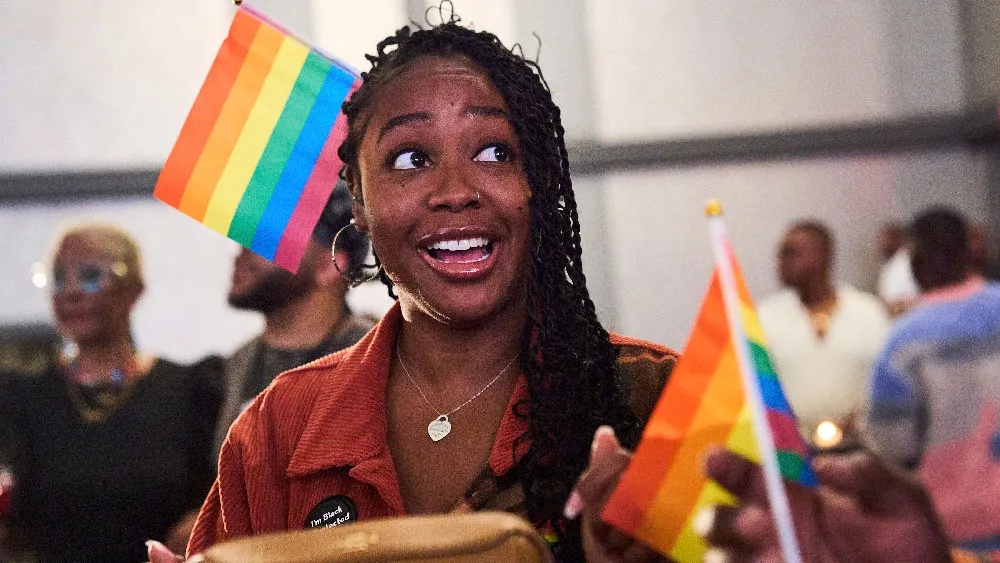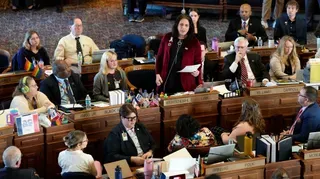February 20, 2014
Study: Gays Going Hungry
Kilian Melloy READ TIME: 2 MIN.
New research from the Williams Institute shows 2.4 million (29 percent of) LGBT adults experienced a time in the last year when they did not have enough money to feed themselves or their families.
The University of California, Los Angeles, think tank released its study, "Food Insecurity and SNAP (Food Stamps) Participation in LGBT Communities," in early February.
"These data provide the first opportunity to understand the extent to which LGBT people in the U.S. experience some aspects of food insecurity and use food stamps," said demographer Gary J. Gates, who authored the study. "The farm bill Congress passed yesterday cut food stamps, and we now know that LGBT communities will be disproportionately affected by that legislation."
LGBT people experience disproportionate levels of food insecurity and higher participation rates in the Supplemental Nutrition Assistance Program (the food stamp program), especially those raising children, a risk that persists despite possible differences in demographic characteristics between LGBT and non-LGBT individuals like gender, age, race/ethnicity, and educational attainment, according to the institute. For example, a release reads, "data suggest that same-sex couples raising children are approximately twice as likely to receive food stamps as different-sex couples with children."
What is "food insecurity?" According to the study, it's "generally defined as having limited or uncertain availability of nutritionally adequate and safe foods or limited or uncertain ability to acquire acceptable foods in socially acceptable ways."
The study reveals:
Notably, bisexuals along with LBT women and people of color are particularly vulnerable to high rates of food insecurity and SNAP participation. One in four bisexuals (25 percent) receive food stamps; 34 percent of LBT women were food insecure in the last year; and LGBT African Americans, Native Americans, and Native Hawaiians experienced food insecurity in the last year at rates of 37 percent, 55 percent, and 78 percent respectively.
Here are some of its key findings:
Rates of food insecurity are higher for LGBT adults when compared to heterosexual adults across several national surveys, and across gender, age, racial/ethnic, and education level groups. After taking these factors into account:
For more information, go to WilliamsInstitute.law.ucla.edu
Kilian Melloy serves as EDGE Media Network's Associate Arts Editor and Staff Contributor. His professional memberships include the National Lesbian & Gay Journalists Association, the Boston Online Film Critics Association, The Gay and Lesbian Entertainment Critics Association, and the Boston Theater Critics Association's Elliot Norton Awards Committee.





